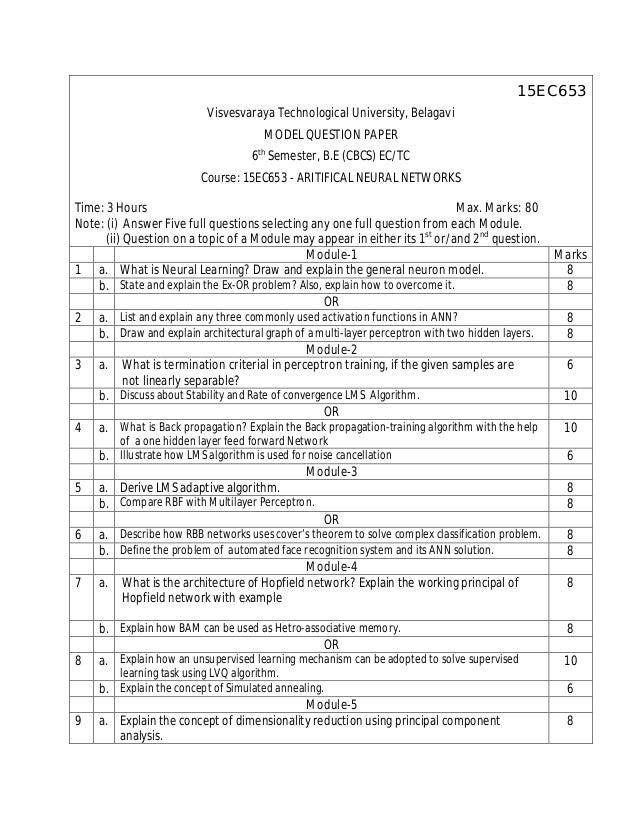Cmos Vlsi Vtu Notes Cbcs

And Testing & verification. SVIT-15EC63 May 21, 2018 NOTES No comments. And Module-3. SVIT-15EC63 April 12, 2018 VLSI Question Bank 1 comment:.
VLSI design Book Latest Material Links Unit 1 Link – Unit 2 Link – Unit 3 Link – Unit 2 Notes(Will be updated soon) Unit 4 Link – Unit 5 Link – Unit 6 Link – Old Material Links UNIT I INTRODUCTION Introduction to IC Technology – MOS, PMOS, NMOS, CMOS & BiCMOS,technologies- Oxidation, Lithography, Diffusion, Ion implantation, Metallisation, Encapsulation, Probe testing, Integrated Resistors and Capacitors,CMOS nanotechnology. Vlsi_lec-design VLSI-lec-1 UNIT II BASIC ELECTRICAL PROPERTIES Basic Electrical Properties of MOS and BiCMOS Circuits: Ids-Vds relationships, MOS transistor threshold Voltage, gm, gds, the figure of merit Co; Pass transistor, NMOS Inverter, Various pull-ups, CMOS Inverter analysis, and design, Bi-CMOS Inverters. Envisioneer 12.
6th EC CBCS Model question papers • 1. 6th Semester BE (CBCS) EC/TC Model Question Papers 15EC61 Visvesvaraya Technological University, Belagavi MODEL QUESTION PAPER 6th Semester, B.E (CBCS) EC/TC Course: 15EC61 - Digital Communication Max Marks: 80 Time: 3 Hours Note: (i) Answer Five full questions selecting any one full question from each Module. (ii) Question on a topic of a Module may appear in either its 1st or/and 2nd question. Module 1 1 (a) Define Hilbert Transform.
State the properties of it. 4 (b) Define the complex envelope of bandpass signals.
Obtain the canonical representation of bandpass signals 6 (c) Derive the power spectral density of polar NRZ signals and plot the spectrum. 6 OR 2 (a) Define the Pre-envelope. Show the spectral representations of pre-envelopes for low pass signals. 4 (b) Derive the expression for the complex low pass representation of bandpass systems. 7 (c) Given the data stream. Sketch the transmitted sequence of pulses for each of the following line code. (i) Unipolar NRZ (ii) Polar NRZ (iii) Unipolar RZ (iv) bipolar RZ (v) Manchester code.
5 Module 2 3 (a) Explain the Geometric representation of signals and express the energy of the signal in terms of the signal vector. 5 (b) Explain the Gram-Schmidt orthogonalization procedure. 5 (c) Explain the matched filter receiver with the relevant mathematical theory. 6 OR 4 (a) Obtain the decision rule for Maximum likelihood decoding and explain the correlation receiver. 7 (b) The waveforms of four signals s1(t), s2(t), s3(t), and s4(t) described below. S1(t) = 1, 0. Alien skin eye candy 5 textures serial number search.